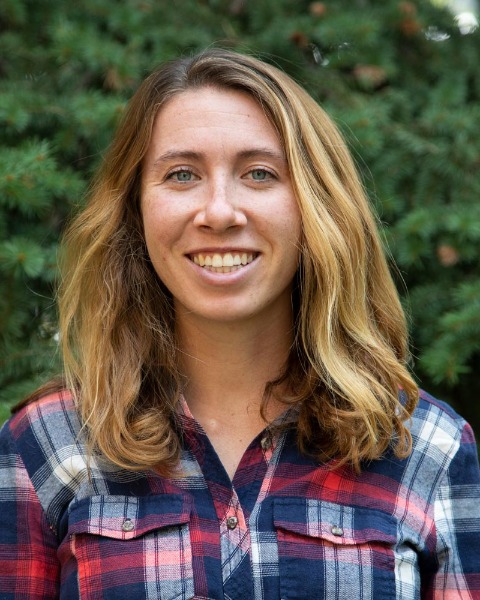Plant-Insect Ecosystems
Student Competition 10-Minute Paper
Grad P-IE: Biodiversity
Forest restoration improves native bee foraging habitat and enhances plant-bee networks via altered forest conditions
Monday, November 1, 2021
10:30 AM - 10:42 AM MT
Location: Colorado Convention Center, Meeting Room 102-106

Cora Davies
M.S. Candidate
Colorado State University
Fort Collins, Colorado
Thomas Seth Davis
Assistant Professor
Colorado State University
Fort Collins, Colorado
Presenting Author(s)
Co-Author(s)
In North American conifer forests, thinning operations are broadly implemented as a means of ecological restoration and fire hazard mitigation. Effects of thinning on forest bee communities are poorly understood but could be important for conservation of biodiversity and ecosystem services. Here, we test the hypotheses that (1) thinned forest stands have greater foraging and nesting resources, (2) increased resources at thinned sites result in higher abundance and diversity of native bee species, and (3) bee species composition differs between site types and plant-bee interactions are greater at thinned sites. To address these hypotheses, native bee assemblages were collected across the growing season and compared between stands treated by mechanical thinning and non-treated stands. Associations between bee communities and forest conditions were analyzed. Thinned sites had greater canopy openness, maximum temperature, floral abundance and diversity, and bare ground cover. Native bee abundance, species richness, and diversity were significantly greater at thinned sites. Plant-bee interactions were greater at thinned sites, driven primarily by greater bee species richness, floral abundance, maximum temperature, and canopy openness. Our results suggest that (1) forest thinning has significant impacts on floral resources and bee nesting habitats within 2-8 years post-treatment; (2) bee assemblages and plant-bee interactions respond to these variations, driven by cascading effects of thinning treatments that alter temperature and foraging resources. We conclude that forest thinning for ecological restoration in ponderosa pine habitats is likely to improve resources utilized by native bees and is associated with increased bee abundances in the wildland-urban interface.


